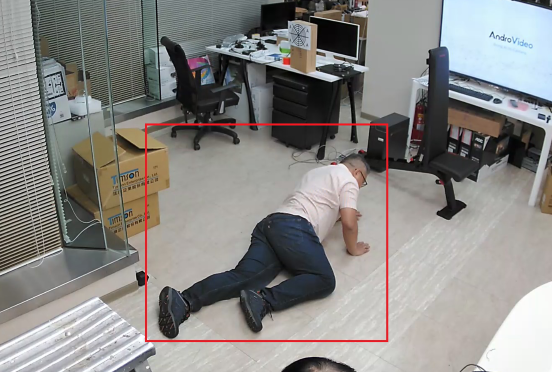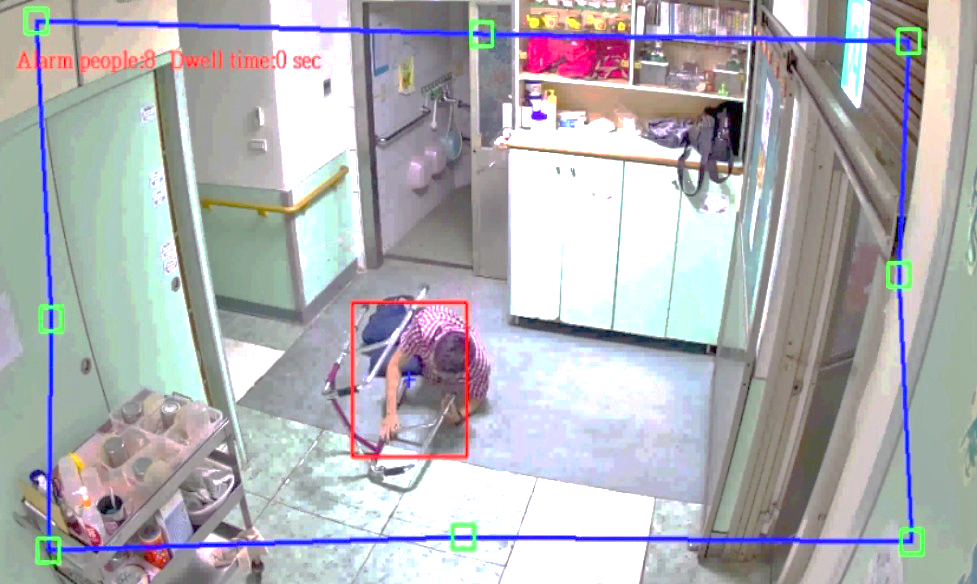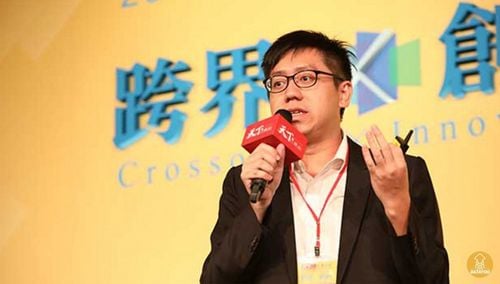【2020 Application Example】 Proactive Prevention: Fall and Hazardous Area Detection to Safeguard Elderly Safety
We all know that falls are a major concern for the elderly. Once a fall occurs, it could lead to injuries or even life-threatening consequences that may be irreversible such as remaining undiscovered after a fall. To counteract this, early warning through AI technology for fall and hazardous area detection can greatly enhance the safety of the elderly.
According to international statistics, the fall incidence rate among people aged 65 and above is 30%-40%. This implies that out of ten elderly individuals, 3 to 4 might experience a fall annually. Indeed, falls are the most common cause of injury among the elderly. Additionally, detections and warnings of risky behaviors in hazardous areas, such as scalds or slipping in the bathroom, can significantly reduce injury risks for elderly individuals.
To ensure that the elderly lead a long and healthy life with minimized accidental injuries, the AI team from the Institute for Information Industry actively collaborates with long-term care centers and AI device manufacturers. Their goal is to meet the most urgent needs of the elderly, addressing areas where care centers, due to limited staff and resources, can't provide comprehensive care.
Accidents and injuries are among the top ten causes of death. The establishment of an early warning system is urgently needed.
Statistics show that among the top ten causes of death for people over 65, in both Taiwan and the United States, accident injuries such as falls are included. Post-fall, elderly individuals often experience a decline in mobility and quality of life. In addition to physical injuries like fractures and bleeding, psychological impacts can also occur, causing them to avoid going out and leading to further physical decline. Thus, preventing falls and providing immediate warnings to minimize fall-related injuries are crucial issues in elderly care.
Currently, the Institute for Information Industry's team is guiding collaborations between elderly care providers and AI device manufacturers. The focus includes developing AI technologies for elderly facial recognition, along with technologies for detecting falls and hazardous behaviors, which are now being implemented in three elderly care facilities across northern, central, and southern regions for practical validation.
Collaboration between smart surveillance manufacturers and facilities effectively enhances recognition rates
Mr. Wu Jiachen, Vice President of Chiztech, stated that their smart surveillance technologies, including fall detection, facial recognition, and electronic fencing, have been well-developed but require practical validation sites to accumulate big data. Introduced by the Institute for Information Industry, demonstrations in long-term care settings significantly improve recognition rates, greatly benefiting future applications.

▲Chiztech's developed fall detection solution
Moreover, Mr. Guo Hongda, Vice President of Hantech Electronics, who has been involved in safety surveillance for over 30 years, pointed out that the greatest key to successful smart surveillance lies in data accumulation and smart image analysis. Establishing an AI database for various applications is crucial. For instance, detected wandering can initially indicate whether the person's movement suggests discomfort or an anomaly, allowing immediate alerts to the monitoring center. If an elderly person approaches potentially dangerous areas like a water dispenser or water heater, service personnel can be notified quickly to assist and prevent possible accidents, thus effectively facilitating early warning measures.

▲Hantech Electronics' developed fall detection solution
With the assistance of the National Federation of Taiwan Long-Term Care Association, which has about 800 members, approximately 100 small and medium-sized care institutions have expressed interest in adopting the technology. Once these facilities are fully equipped, they will become the seedbeds for advancing the AI transformation of Taiwan's eldercare sector.
「Translated content is generated by ChatGPT and is for reference only. Translation date:2024-05-19」


